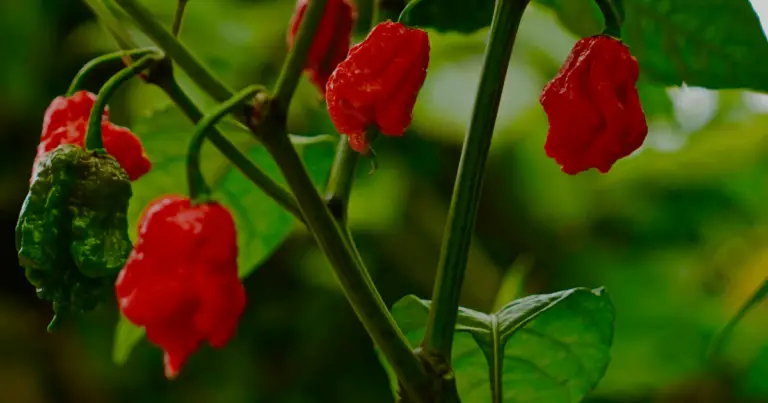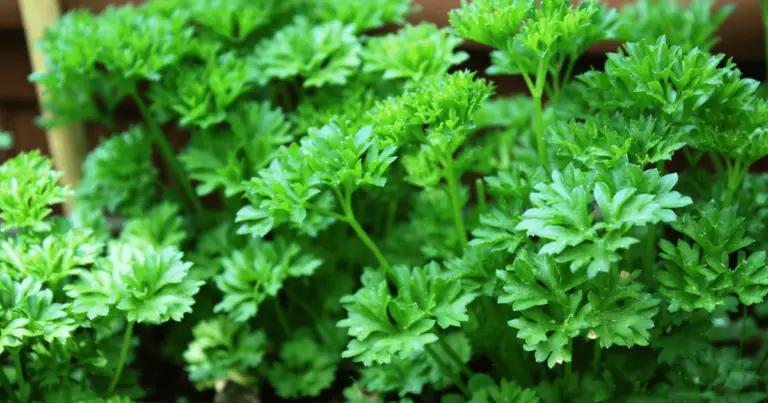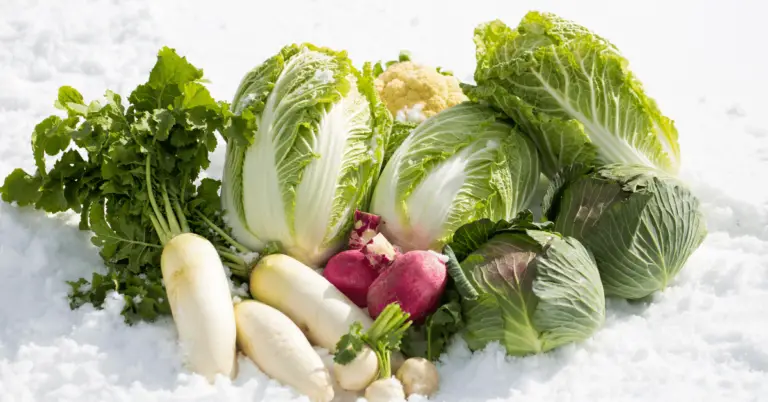
How To Grow Sage
What Is Sage
Well Sage, Salvia, is a perennial shrub of the mint family, Lamiaceae and is a highly fragrant herb used as an ornamental plant as well as for use in cooking and medicine.
The most widely known variety is Salvia Officinalis which is commonly referred to as true sage, common sage, garden sage or culinary sage, the plant is originally a native of the Mediterranean but is relatively easy to grow in various climates and has therefore become a staple in herb gardens around the world.
Sage can grow quite big with the plant more than capable of reaching 3 feet across and just as tall with greyish green leaves covered in fine hair and producing blue to purple flowers.
Varieties Of Sage
There are seemingly endless number of Salvia varieties and a number of cultivars have been produced which have unique characteristics ranging from flower colour through to leaf size and plant size. Some of these varieties have greater ornamental value at the expense of culinary value whilst some will grow considerably smaller than others so it’s important that you take care to match your requirements to the variety. Below are a small number of the more popular choices;
Berggarten – this cultivar doesn’t spread quite as much as others but still reaches about 2 feet by 2 feet. The leaves are full flavoured, broad and slightly larger than others meaning it is ideal for culinary use. It produces purple flowers but is not a reliable bloomer.
Icterina – charecterised by beautifully marbled green and yellow-gold leaves and producing blue flowers, this variety is valued as an ornamental but still produces wonderful flavours when used in cooking.
Purpurascens – also referred to as ‘Purple Sage’ this plant produces oblong purple leaves which mature into a silvery-green colour and work well in cuisine as they pack a flavourful punch. The plant is a perennial dwarf-shrub which, combined with the leaf colours, make this an ideal ornamental.
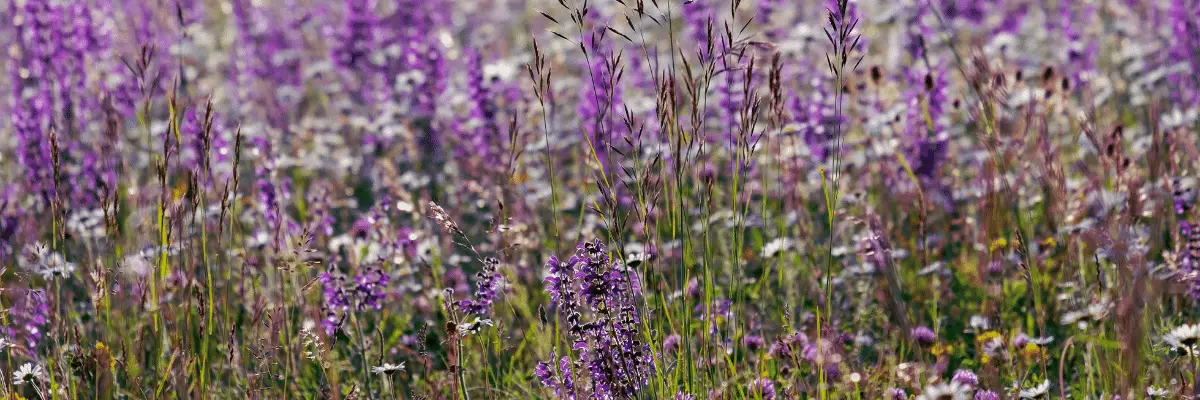
Planting Sage
Sage will do well and flourish when planted out in the ground but also in pots and planters making it ideal for a variety of gardens, including windowsill planters and small herb gardens.
These are hardy plants so the perennial cultivars can be planted outside once the weather has began to warm and then left out all year. Once established you can use horticultural fleece to protect plants from the worst of the weather or if you have planted in containers you can move them to more sheltered areas of your garden.
Plant in well drained soil in a full-sun position but try to shield from the worst of any winds you may get.
When planting out into pots or planters you should use something of roughly 10 inches across as they do spread quite well and you should use a good quality, soil based potting mix.
If you’re putting them into beds then you need to plant them about 24 inches apart from each other, removing any weeds, digging the area over and mixing in some compost prior to planting. If your soil is quite heavy then you can mix a little gravel in as well to losen it up.
From Seed – Growing Sage from seed is relatively easy but germination can be hit and miss and it can also be a painfully slow process so I would only suggest doing so if you are a patient person.
Sow seeds in trays and cover with a thin layer of a good seed mix before placing into a propagator. Keep the soil slightly moist and warm and germination will probably take about three weeks.
Once you have germination and the first true leaves you need to prick out the plants into separate pots or plug trays to allow the roots space to establish.
Use a good quality, peat-free mix in your new pots and create small holes in the mix using a pencil or similar sized object. These holes need to be deep enough that you can then insert your seedling up to just below it’s first leaves. Now gently firm the mix back around the plant and leave keep the soil lightly moist.
From Sage Seedlings – As if often the case, these plants are most easily grown by buying them as seedlings.
Go to your local garden supplier and select the healthiest looking seedlings. Wait until the last frosts have passed in your area and then plant them out.
From Sage Cuttings – If you want to grow sage from cuttings then this is an excellent option once you already have established plants and it allows you to grow as many new plants as you want.
Pick a healthy looking off-shoot of about 8 inches and using a sharp knife cut it near to the main stem. Now, using your knife or shears, remove any growth along the bottom 3 inches of your cutting, dip it into some rooting powder and then push it down into a pot containing potting soil right up to the lowest remaining leaves / growth.
Leave your cuttings in a protected area with lots of natural light such as a window sill and keep the soil slightly moist but not overly wet. After about two weeks you should start to have some new root growth and you can check this by very gently pulling at the stem to check that it doesn’t just slip out of the soil. Once these cuttings are established with some good root growth – and the last frosts have passed – you can move them outside.
Caring For Sage
Sage plant care is pretty easy to care for and shouldn’t present you any major problems.
You want to position your plants in full sun and try to protect them from the worst of the wind.
Ensure you keep the plants watered, in particular if you’re experiencing a dry spell but care needs to be taken not to overwater as sodden roots can cause major problems. If your plants are in pots then come the winter or rainy season, you need to raise them up on some small blocks to ensure they drain effectively.
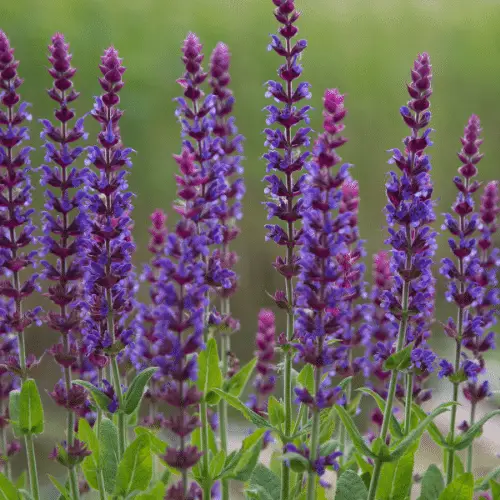
Sage Pests And Problems
Sage is susceptible to all of your general garden pests but no more so than most of your vegetable plants.
The only common problem is powdery mildew, a fungal disease which presents as a white, powdery deposit on the leaves. The best treatment is prevention by ensuring the plants are in a bright and sunny spot and selective pruning to stop the plants overcrowding and allowing good airflow.
Once powdery mildew has set in then a fungicide such as neem oil is a good remedy. Organic Bliss Neem Oil is my go to variety.
Uses For Sage
As stated above Sage is often used as either an ornamental or culinary plant and a number of the cultivars are very good at both disciplines.
The leaves can be picked and used fresh or picked and allowed to dry out and then stored for later use.
Sage is pungent and earthy with a slightly minty and peppery taste to it. It works particularly well with fatty meats such as pork and is a staple of many sausage recipes. An amazingly simple recipe is sage salt HERE which works amazingly on meat over the BBQ.
Sage is also commonly used to make aromatic teas with many claimed health benefits.
There are various medical claims in relation to sage and it is used frequently in herbal medicines in a variety of forms.
Sage FAQ’s
Is Sage a perennial? – Yes, sage is a perennial that can be harvested year round. If you live in a region with particularly harsh winters the you may have to either grow it as an annual or move potted plants to somewhere warmer.
What does sage look like? – Common sage has woody stalks with broad green – graysih leaves covered in fine hair, giving them a really soft appearance. It produces blue to purple flowers.
How tall does sage grow? – Common sage will grow to a maximum of about 3 feet in height.
How to harvest sage? – Simply pick off whatever leaves you require and either use them fresh or dry them out.
When to harvest sage? – Sage can be harvested year round when grown as a perennial. The plant tends to produce the strongest flavour with fresh growth during the summer months.
